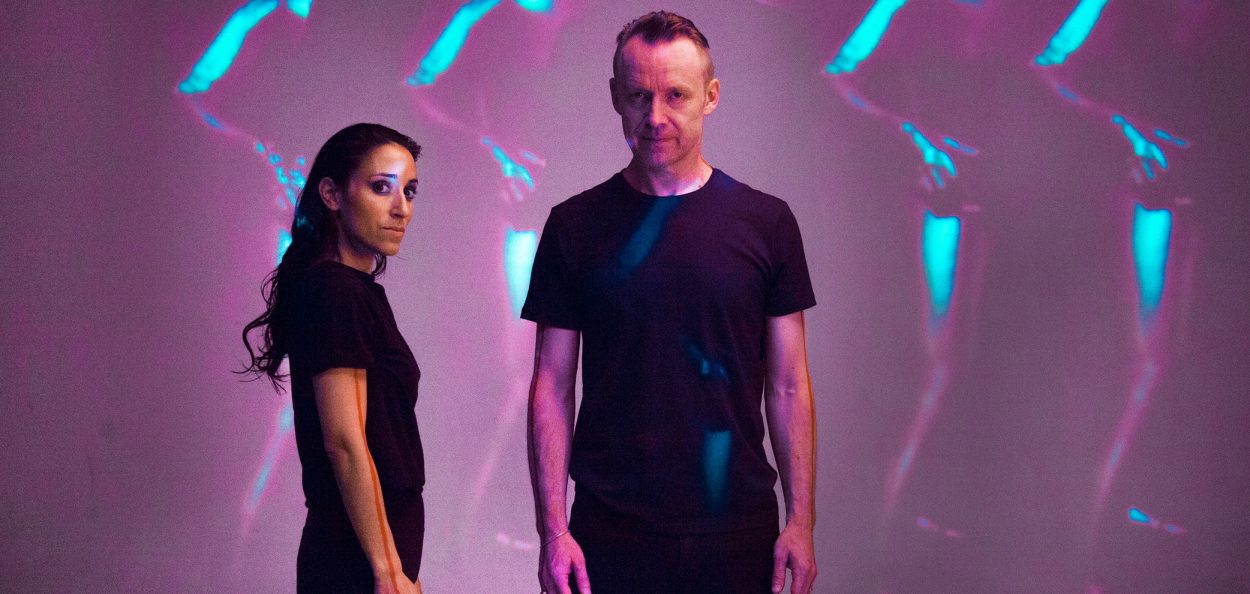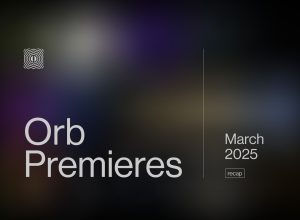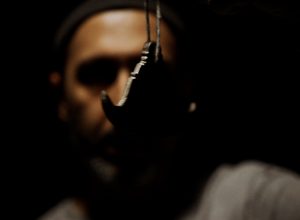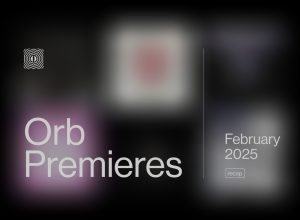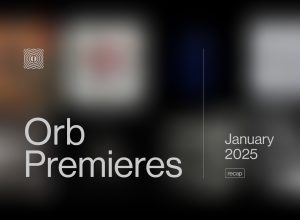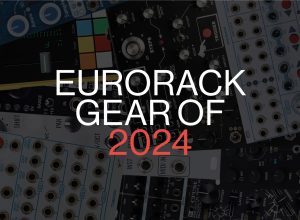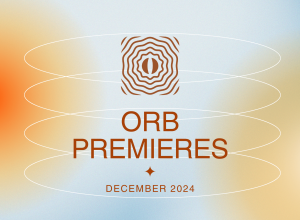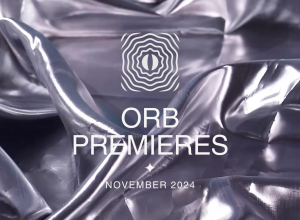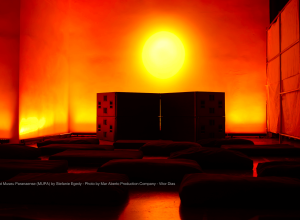Can you tell us more about the “Movements & Codes” and how you realised it?
Recent Arts: This audiovisual piece was realised in the end of 2017 in Berlin. We were lucky to find a great place to film called Medienwerkstatt and there we made most of the videos for our current audiovisual project called Skin. The original idea was to work with the concept of “body” so we decided to make a series of videos with dance and performance improvisations. We choose several dancers and performers who sometimes were professional dancers and other times they just danced as a hobby.
We gave the songs to the dancers short before the shooting and we met them in the studio to start improvising. We would always record with 2 or 3 cameras to have different angles and do several shootings until we were tired or we run out of studio time. For each video of the show, we had a basic idea, atmospheres, costumes, and colours but until we were on the shooting studio we didn’t really know what was going to happen. The flow of the moment and the energy of the dancers would define the outcome of the videos.
This was also the case of “Movements & Codes,” this piece is a collaboration with Argentinean singer Barbie Williams, who is the singer in many songs of the record Skin and Russian dancer Xenia Wiest (Staats Ballet). Xenia is a good friend of us with whom Tobias has already worked on the project “Shut up and Dance” between Berghain and Staatsballett. We love her work, so we were very happy to be able to film two videos with her. She is also the woman on the front cover of the album.
The overall process of shooting the videos for the Skin project was a very intense but also very fun period. After we were done with filming, it came the second part of the work: editing and post-production. I really like to work with many layers and create a sense of parallel dimensions, this is why most of the videos were filmed with green screen, so I could have more options and plasticity with the footage. In the case of “Movements & Codes,” this was very useful because I worked with multiple perspectives and layers in which the body was digitalised and turned into pixels or lines. In the final work, Xenia dances in a virtual unknown space-time where the most important things are emotions, gestures and the movements of her spirit, combined with the poetry generated by the singing of Barbie Williams.
Your new album Skin is said to be an audiovisual concert comprised of different mediums, how did that develop into a full record and what did you try to achieve with it?
RA: Yes, we build live performances using video projections and experimental sound but for the Skin project, we also integrated live singing, dance, and lights. Parallel to the creation of the live performance we worked on final products like the album and some video clips. Both processes are complementing each other because we usually start performing the show before the record is ready so the experience of playing the music and videos live will help to shape and feed the upcoming album.
I think that with this project we tried to do something completely visceral and emotional, unlike the previous audiovisual show (The History of Darkness), which was full of information and interpretations of scientific data. This time, both the music and the videos were focus on revealing human emotions, almost like a statement against today’s standardisation, perfection, and technologization. We wanted to recover the body as a vehicle for communication and make it a tool for expansion, this way we used improvisations as our main source for inspiration and the body and the skin as an evolving map of individual experiences.
How is the new album designed as an AV show?
RA: As I mention before we start by creating video and audio content and with this material we develop the live performance but also the album and the video clips. The live show is always more abstract, free and unexpected. We generate sound and video environments that invite the audience to enjoy the music while deeply connecting with their perceptions of the world and their emotions. Even though we love to use technology to create the art we do, our main goal is to talk about human aspects of life, this way we try to perform a show that is touching the audience in a deeper level.
What are your future plans with Recent Arts project?
RA: This year we will be performing live the audiovisual show Skin while starting the creation of a new audiovisual show and album. Recent Arts will keep exploring new technics, new ways of creating and new ways of communicating with people.
Wednesday, May 8
By Orb Mag
